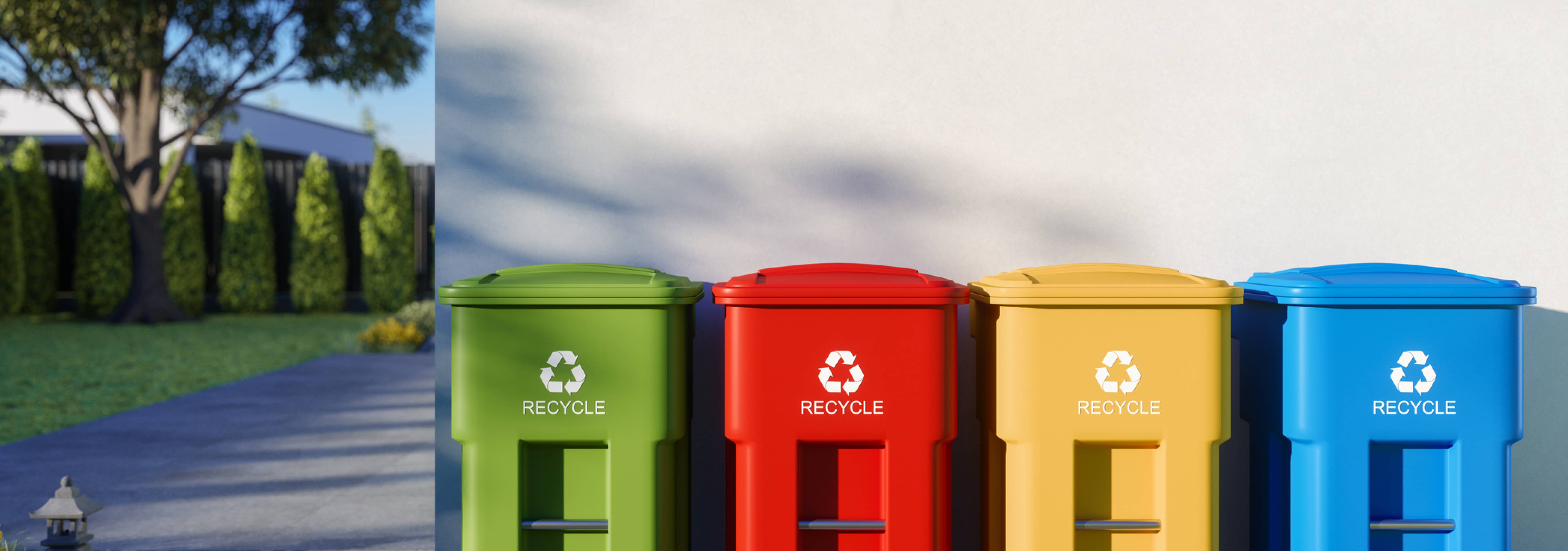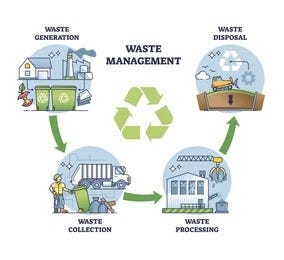Why Pick Recycling Lives Services for Your Waste Monitoring Demands
Why Pick Recycling Lives Services for Your Waste Monitoring Demands
Blog Article
Recognizing the Classification and Handling of Different Kinds Of Waste
Reliable waste administration is pivotal for ecological sustainability, requiring a comprehensive understanding of the category and handling of various waste types. House waste, commercial by-products, unsafe materials, electronic refuse, and natural remnants each necessitate distinct procedures to guarantee safety and reduce eco-friendly damage. Carrying out right partition, treatment, and disposal methods is necessary to reduce adverse ecological impacts and promote source preservation. For instance, the composting of natural waste contrasts sharply with the intricate treatments required to take care of unsafe substances. This complex strategy to throw away monitoring emphasizes its intricacy and the critical need for specialized knowledge in this domain.
Family Waste
Home waste, incorporating a broad selection of discarded products generated from everyday living activities, stands for a considerable component of the general waste stream - recycling lives services. This group includes natural waste such as food scraps, lawn clippings, and paper products, alongside not natural products like plastics, metals, and glass. The varied nature of family waste necessitates reliable classification and monitoring to alleviate environmental influence and advertise sustainable living techniques
Effective household waste administration begins with segregation at the source, promoting recycling, composting, and safe disposal. Organic waste, for instance, can be composted to create nutrient-rich soil amendments, lowering landfill concern and enhancing soil health. Recyclable materials, including paper, glass, and certain plastics, can be processed and repurposed, lowering and preserving resources energy intake related to brand-new material manufacturing.
Furthermore, hazardous house waste such as batteries, electronic tools, and cleaning chemicals calls for specialized dealing with to prevent dirt and water contamination. Public recognition campaigns and convenient disposal choices play essential roles in making certain appropriate disposal and recycling of these materials. By implementing durable waste reduction techniques and cultivating area participation, municipalities can considerably minimize the environmental footprint of house waste.
Industrial Waste
Industrial waste, a major factor to international waste generation, incorporates a diverse variety of materials created by manufacturing, building, and various other commercial tasks. Effective monitoring of commercial waste is important for minimizing environmental influence and advertising sustainable techniques.
The handling of commercial waste commonly involves numerous procedures: collection, disposal, partition, and therapy. Collection systems are designed to effectively gather waste materials from different sources within a commercial procedure.
Embracing methods such as waste reduction, resource recuperation, and recycling can substantially decrease the problem of hazardous waste on the environment, adding to more sustainable industrial methods.
Contaminated Materials

Harsh wastes can harm or destroy living tissues and materials. Combustible wastes can conveniently spark, presenting fire hazards, while responsive wastes can cause surges or release hazardous gases upon contact with various other substances.
Reliable dangerous waste monitoring includes numerous essential techniques: identification and partition of dangerous products, risk-free transportation and storage space, and suitable therapy and disposal. Treatment techniques may consist of chemical incineration, stabilization, and neutralization. Governing conformity is crucial, directed by structures such as the Source Conservation and Healing Act (RCRA) in the USA, which ensures risk-free and eco sound management of harmful waste.
Digital Waste
Electronic waste, commonly abbreviated as e-waste, stands for a growing difficulty in waste monitoring because of the rapid obsolescence of these details modern technology. This category includes a wide series of discarded electronic tools, consisting of smart devices, computer systems, tvs, and home devices. The intricacy of e-waste hinges on its make-up; these products contain a mix of valuable products such as gold and copper, as well as unsafe materials like mercury, lead, and cadmium.

Regulation and guidelines, such as the European Union's Waste Digital and electrical Tools (WEEE) Regulation, aim to advertise accountable e-waste management. These plans mandate suppliers to promote the collection and recycling of digital products, thus minimizing the problem on garbage dumps and minimizing environmental contamination.
Organic Waste
Organic waste, encompassing biodegradable products such as food blog here scraps, backyard trimmings, and farming residues, makes up a considerable part of the community strong waste stream. This sort of waste is noteworthy not only for its quantity yet additionally for its possible environmental effect if not handled appropriately. Organic waste can disintegrate anaerobically in garbage dumps, creating methane, a powerful greenhouse gas adding to environment change.
Proper handling of organic waste entails numerous techniques. Furthermore, drawing away food waste from garbage dumps with donation programs can minimize food insecurity while reducing waste.
Municipalities and services are significantly identifying the relevance of natural waste administration. Executing extensive organic waste reusing programs not just alleviates environmental effects however also aligns with more comprehensive sustainability objectives, advertising a circular economy where resources are continually recycled and repurposed.
Verdict
Reliable waste management and ecological defense require a comprehensive understanding of the classification and handling of numerous waste types. Carrying out suitable approaches for each waste kind ensures responsible and risk-free waste administration techniques, eventually adding to the defense of environments and public wellness.
Effective waste administration is essential for ecological sustainability, requiring an extensive understanding of the category and handling of numerous waste kinds.Family waste, incorporating a broad range of disposed of materials produced from everyday living tasks, represents a significant component of the general waste stream.Industrial waste, a major contributor to worldwide waste generation, includes a varied variety of products produced by production, building, and various other commercial activities (recycling lives services).Harmful waste, a critical concern in waste monitoring, comprises products that present substantial threats to human wellness and the atmosphere due to their hazardous, destructive, flammable, or reactive properties.Organic waste, encompassing naturally degradable materials such as food scraps, yard trimmings, and agricultural deposits, comprises a substantial part of the local solid waste stream
Report this page